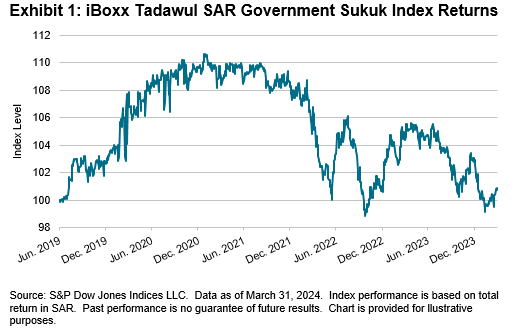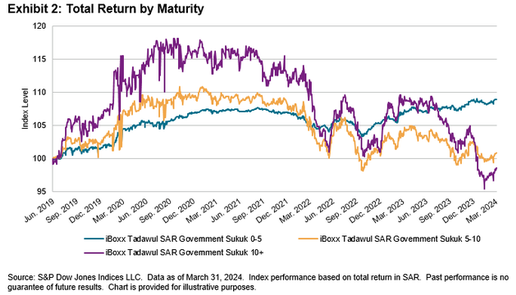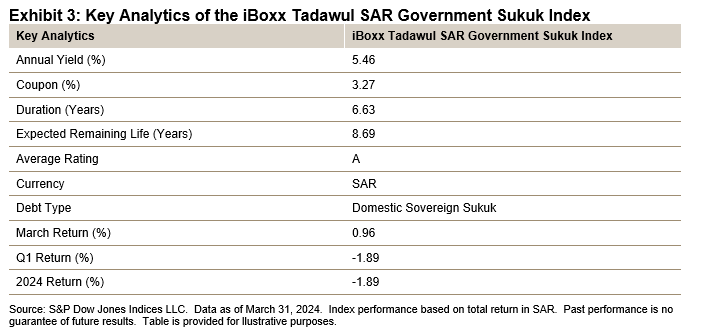Key Highlights

Sign up to receive updates via email
Sign Up
MARKET SNAPSHOT
And the beat goes on, as the S&P 500 posted eight new closing highs in March (ending on one of them) to total 22 YTD (at that rate we would replace 1995’s record of 77 new closing highs), even as the Magnificent Seven turned into the Gang of Four, all while breadth widened and the other 493 issues were up 6.4% YTD. The S&P 500 continued its onward-and-upward trades in March (up 3.10%), breaking through the 5,100 and 5,200 level (5,254.35 high and 5,264.85 intraday high). The five-month run (cumulatively 25.29%) has added USD 8.9 trillion into shareholder pockets (Microsoft [MSFT], Apple [AAPL], Nvidia (NVDA] and Amazon.com [AMZN] now total USD 9.5 trillion in market cap), with the government planning on getting its share (2023 tax revenues are rising due to 2023 stock gains).
The Magnificent Seven (29% of the market value of the S&P 500) accounted for 37% of the YTD return (of 10.16%), but a new Gang of Four (18% of the S&P 500) has emerged, as Nvidia, Microsoft, Meta Platforms (META) and Amazon.com, with their gains accounting for 47% of the YTD return, left the remaining three in the dust (Tesla [TSLA] was down 29.3% YTD, the worst issue in the index, Boeing [BA] was the second worst, at -26.0% YTD, while Apple was down 10.9% YTD). Breadth improved for the month and was strongly positive (402 up and 100 down, compared with last month’s 351 up and 151 down); all 11 sectors gained. YTD breadth remained strong (369 up and 134 down) and 10 of the 11 sectors were up, with the gain from the end of 2022 (2023 was up 24.23%) an impressive 36.85%; of course, 2021 wasn’t that good (-19.44%), so the gain for the two-and-one-quarter-year period is 10.24%—a tick better than the YTD 10.06% (what a long, strange trip it’s been).
The key question, however, remains the same: what to do now? The trades are positive, with money managers staying in and some new money coming in (and a lot more waiting on the side, while being paid to be there). Earnings are good, interest rates are off their peak (with short-term rates appearing to have the government’s upward support) and employment remains high (and unemployment low), with consumers willing to spend their paychecks (be it a bit more selectively). So the market continues up, with the U.S. appearing to be in the best relative shape for solid growth, even if it doesn’t have the largest potential for growth.
During April, missing for the first time since September 2023 will be the concern over a government shutdown, but rest assured the new budget deadline of Sept. 30, 2024 (which is before the presidential election), will arrive soon. Playing their part in April are the usual CPI, PPI and PCE characters, as well as employment reports (employment, claims, availability). Earnings season starts Friday, April 12 (JPMorgan Chase [JPM], State Street [STT] and Wells Fargo [WFC]), with the quarter expected to tick up from Q4 2023 (with the whisper number at a 2% level) and dominate the trades, while politics continues to dominate the headlines (as well as the fundraising). The Fed fear, which hasn’t been significant lately (but its comments and dot matrices have had a market impact), will be faced as it meets at the end of the month (April 30-May 1), with the Street and Fed expecting three rate cuts this year (the Street is expecting the first one in June), as the definition of higher for longer has been fully accepted.

















































